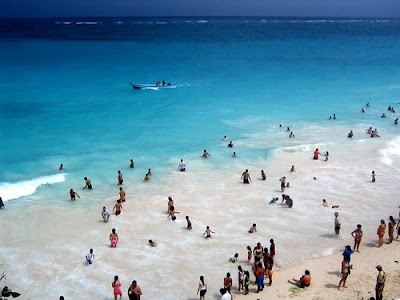 |
| seychelles |
The Republic of Seychelles comprises 115 islands occupying a land area of 455 km² and an Exclusive Economic Zone of 1.4 km² in the western Indian Ocean. It represents an archipelago of legendary beauty that extends from between 4 and 10 degrees south of the equator and which lies between 480km and 1,600km from the east coast of Africa. Of these 115 islands, 41 constitute the oldest mid-oceanic granite islands on earth while a further 74 form the low-lying coral atolls and reef islands of the Outer Islands.
The granitic islands of the Seychelles archipelago cluster around the main island of Mahé, home to the international airport and the capital, Victoria, and its satellites Praslin and La Digue. Together, these Inner Islands form the cultural and economic hub of the nation and contain the majority of Seychelles’ tourism facilities as well as its most stunning beaches.
This section provides comprehensive information about the geography, climate, history, society, government, people, language, religion, culture, cuisine, recipes, arts, architecture, folklore, flora and fauna of Seychelles, and the 6 island groups that, together, make up Seychelles’ Inner and Outer Islands and lastly about investing in Seychelles.
Seychelles' 115 islands fall under two distinct groups. The tall granite, Inner Islands cluster mainly within the relatively shallow Seychelles' plateau, 4° south of the equator and roughly 1800 km. distant from the east coast of Africa while the low-lying coralline cays, atolls and reef islands of the Outer Islands lie mainly beyond the plateau up to 10° south of the equator.
These Outer Islands are divided into five groups: the Amirantes group lying 230km distant from Mahé, the Southern Coral Group, Alphonse Group, Farquhar Group and finally the Aldabra Group, some 1150km from Mahé.
There are 43 Inner Islands in all -- 41 granitic and 2 coralline and a total of 72 coralline Outer Islands.
Please select from the sub-menu items on the left or below for more information about the Inner and/or Outer Islands.

